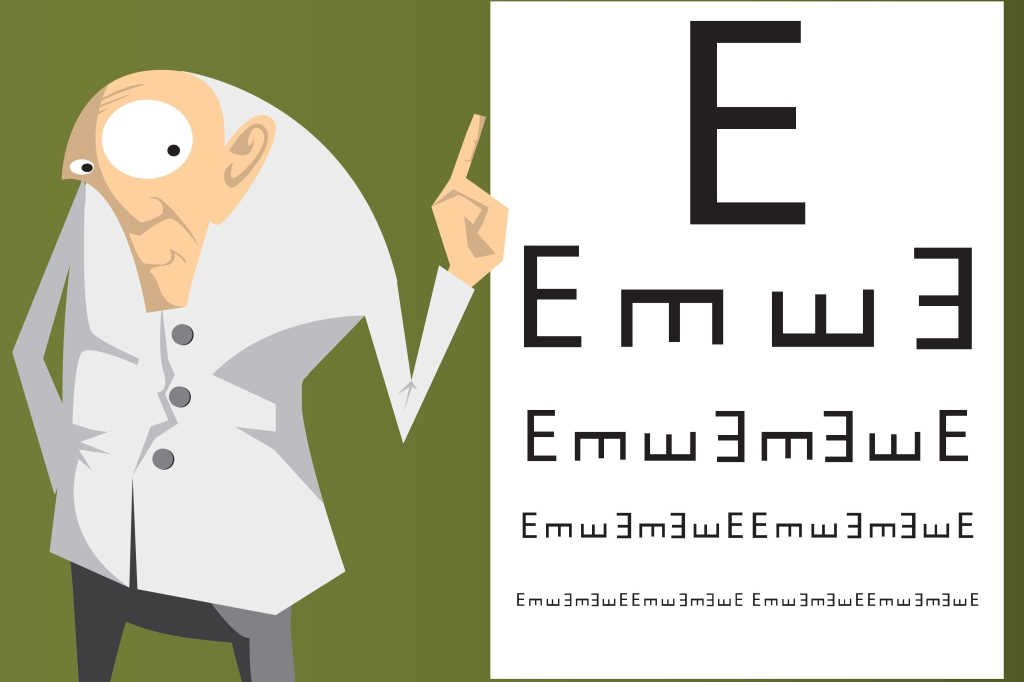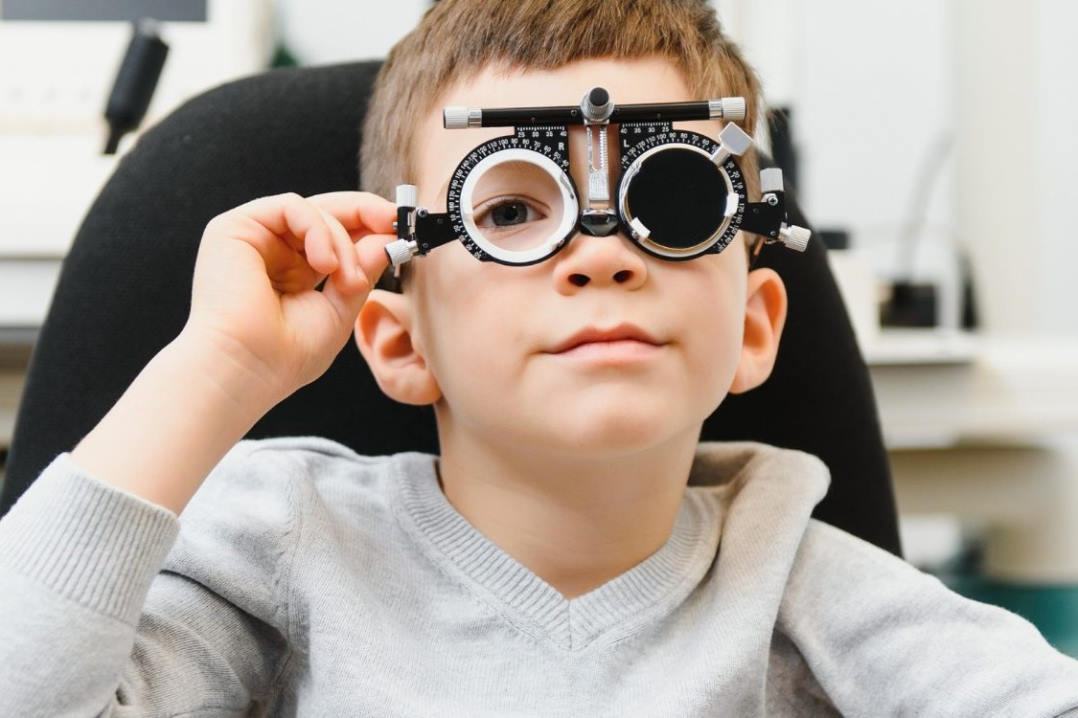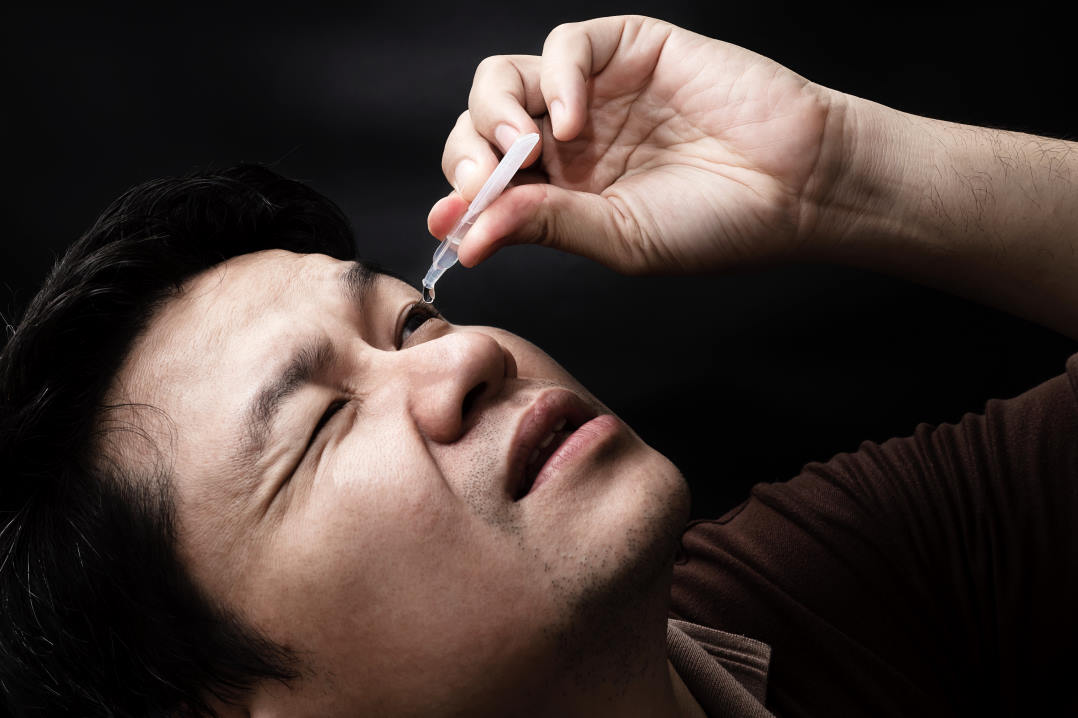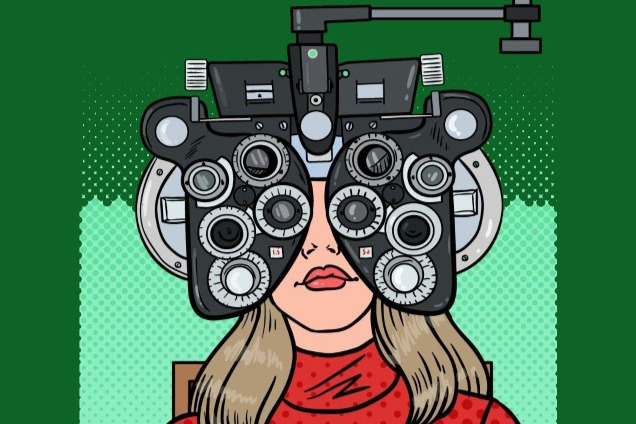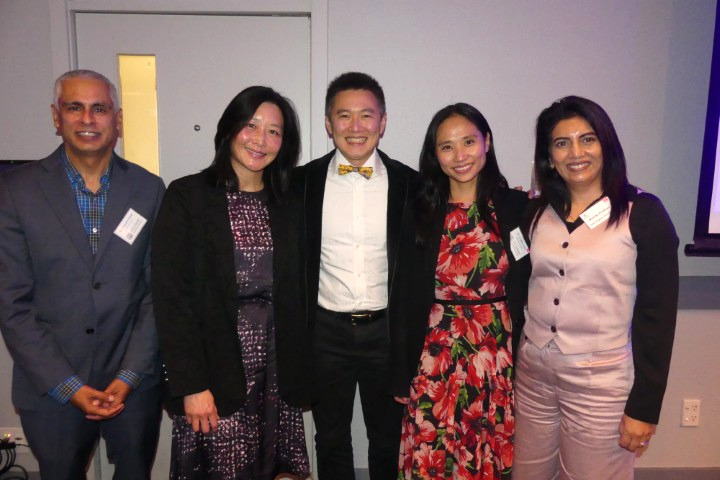Chalkeyes presents… A fresh look
For years now, some personal style services have been swallowed up by the Starbucks theory that sameness is best. With the growing trend towards franchised providers, I've nursed the fear that this form of cold comfort contact would spread to the professions, especially ophthalmology, which is my main contact these days.
After several visits to Auckland University's visual sciences faculty and Greenlane Clinical Centre’s eye department, I'm pleased to report that young, keen and cheerful is doing well, and a hell of an improvement on the dour treatment I faced in my first eye examination.
Back then, very few questioned the opinions of health professionals. Whatever you had was what they said it was, and that was it! So, when the school nurse decided my face was unhealthily close to the page, she pronounced me 'short-sighted' and packed me off to the optometrists.
In 1940's England, the National Health Service (NHS) ruled. Thus, eye testing, especially for school children, was a no-frills affair. At age 14, my health visits mainly centred around fear and optometrist Fraser's was no exception. At the entrance, a giant pair of spectacles dangled threateningly over the front door; inside, the dark walls and worn furniture indicated serious business. The concept of personal comfort or the frivolity of colour didn't exist. You were there because something was wrong and there was no way they were going to let you get distracted.
I was a perceptive boy and the surroundings left me in no doubt that I wasn't there to enjoy the experience. There was no receptionist as such. These days, the term implies some sort of welcome, then it simply meant 'gatekeeper'. Mr Fraser’s front desk was 'manned' by a monosyllabic matron, totally denuded of human warmth whose only conversation with children was, 'sit'.
Mr Fraser was an elderly gent in a three-piece suit. A bit doddery, as if he'd lost his way and didn't want to ask directions. Eye tests then were pretty basic by today’s standards, as were NHS patient expectations, so I guess there was little or no chance of fall-out from the odd miscalculation. It was, after all, the only game in town and 'second opinion' wasn't a working-class option.
Mercifully for the old boy, the consultancy room was small and sparsely equipped, so finding stuff didn't present too much of a problem. The chair was from the bad news design school, guaranteed to keep stress levels up; the lighting, gloomy. For some strange reason, struggling to see in half-darkness was supposed to help fix things.
After blinding me in both eyes with a small torch, he muttered, "myopia" and opened a flat wooden box. Of all the gear the old guy had, the lens box was the winner. There were hundreds of those things in there and apparently, I only needed a couple of them to fix my myopia.
The process of finding the best was relatively simple: face the chart, swap the things until you can read the bottom line, then Bingo! they know what glasses you need. The system is simple, but entirely dependent on elimination by replacing lenses back into their designated slot. Mr Fraser liked to wander around during the elimination process, muttering over unsuitable lenses, before putting them down on the nearest available flat surface. I've often wondered if they were replaced in their proper slots and how many of his patients ended up with useless glasses. I certainly did. Mine were what he described as 'corrective', but distortive might had been a better term. They were ugly, with oversized round lenses surrounded by pink plastic frames. Despite only being able to read text with them by closing one eye, I persevered for a couple of weeks before deciding to 'lose' them, which helped solve my immediate sight problems.
Unfazed by the failure of her first diagnosis, the school nurse decided the problem was postural, leading to what she called 'lazy eyes', which after weeks of "sit up straight Plumbly!", proved correct. I remained optometrist free for the next 35-odd years, until I was diagnosed with retinitis pigmentosa. The diagnosis itself didn’t mean much but the prognosis certainly did. Being told you're going blind wakes you up a bit. At first there was disbelief: like most elderly folk, I have a natural distrust of change, modern methodology and the clinical skills of anyone young enough to be my grandchild. But that diagnosis proved correct and it was back to the optometrist.
My later visits revealed that during my absence things had changed dramatically. The place is light and colourful these days, which is nice for folk with a vision problem. The ice spinster guarding the gate has gone, replaced by a smiling young woman, who calls me “Trevor” and invites, rather than instructs, me to take a seat. The three-piece suit man isn’t there either, probably turning in his proverbial at the thought of a woman practising, but it’s a more equal world these days, thank god. In the consulting room they call me “Trevor” as well, and chat about my condition freely as they bustle about. The chair’s still a bit daunting and the eye chart hasn't changed, but Mr Fraser's breed have gone and the replacements are just great!
Born in the UK, our “white caner” columnist, Trevor Plumbly, a retired arts and antiques dealer and former owner of Plumbly’s Auction House in Dunedin, was diagnosed with retinitis pigmentosa 15 years ago. In 2008, when sight loss put a stop to the antiques dealing, Trevor and his wife Pam relocated to Auckland to be closer to family.









